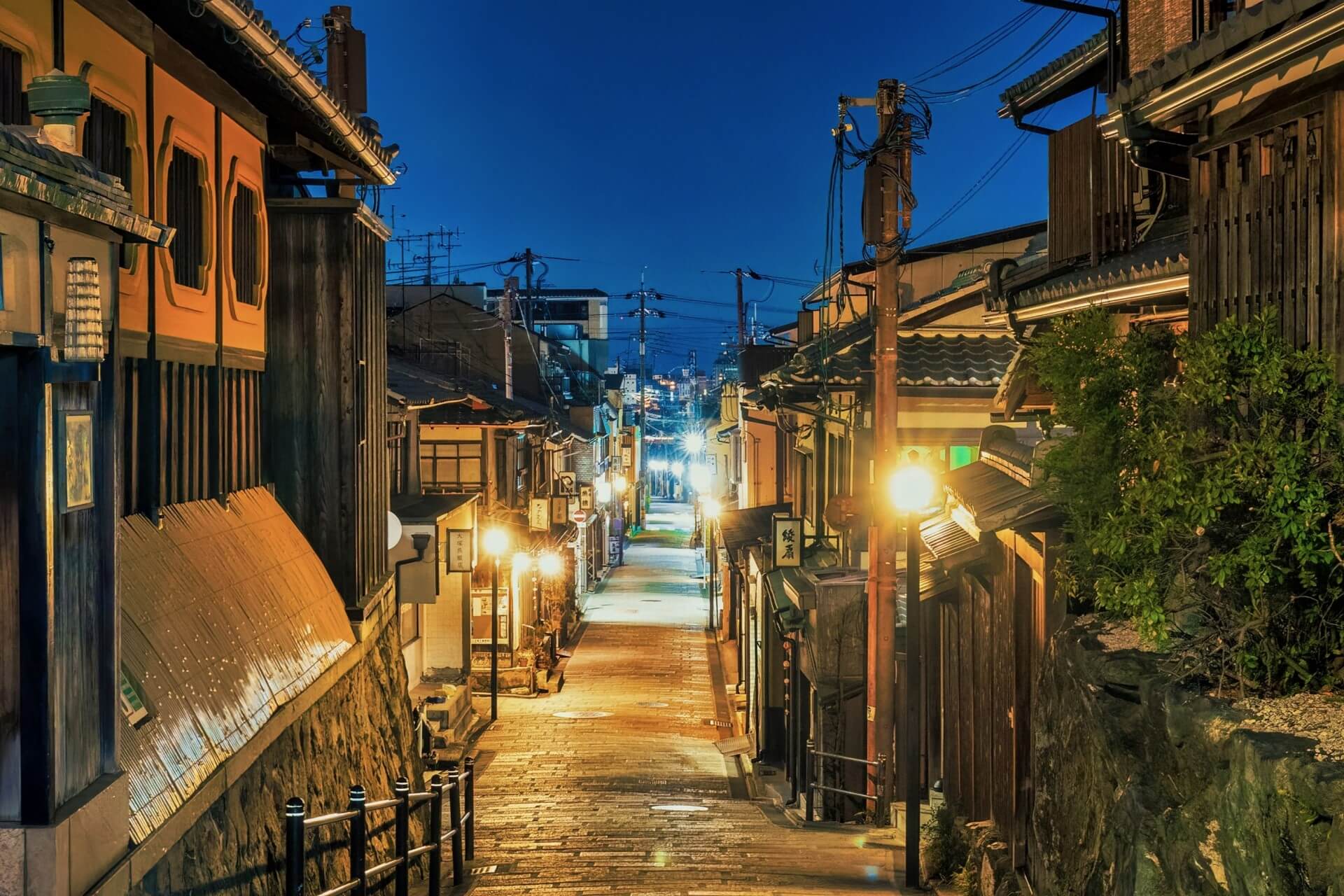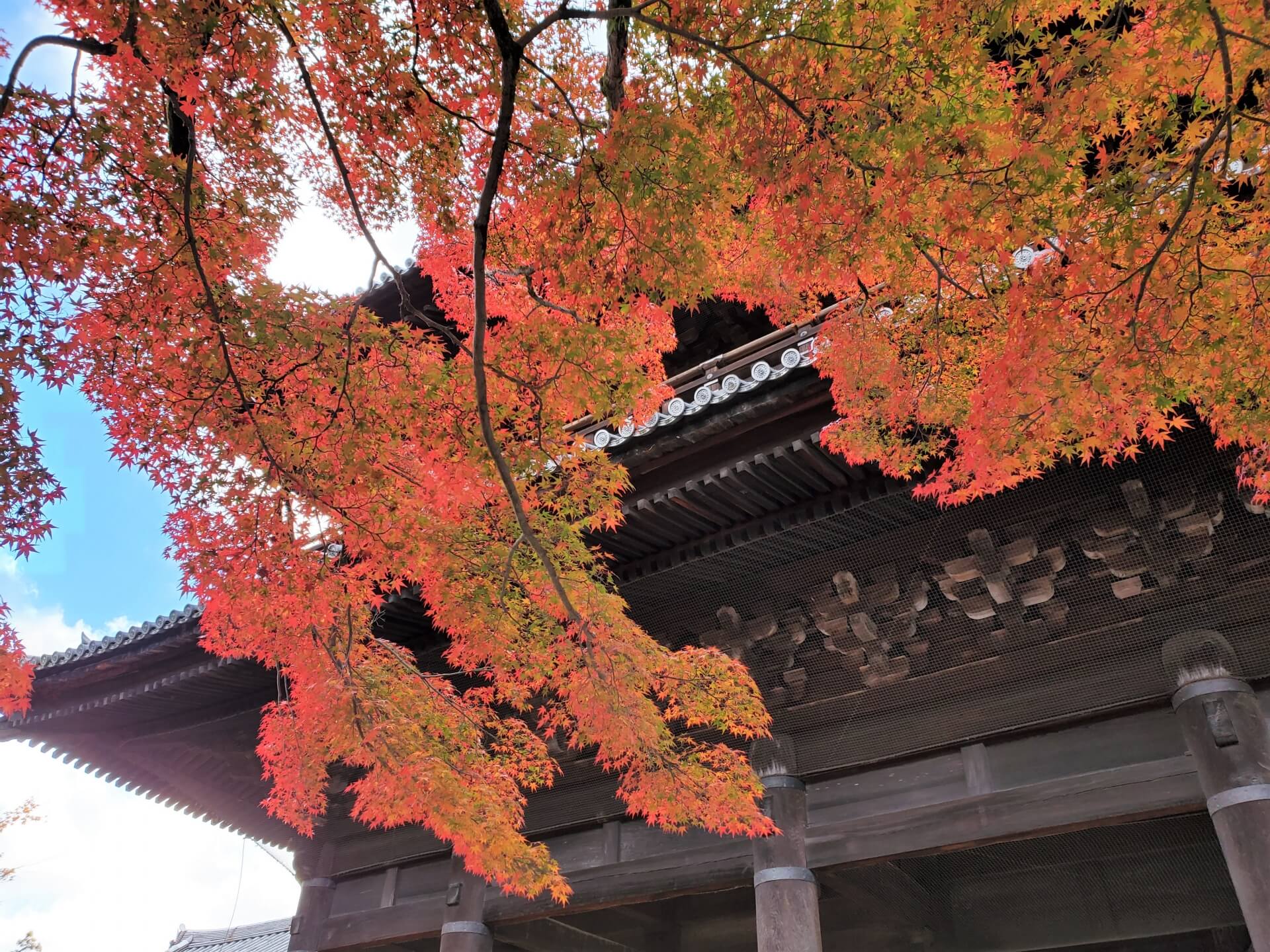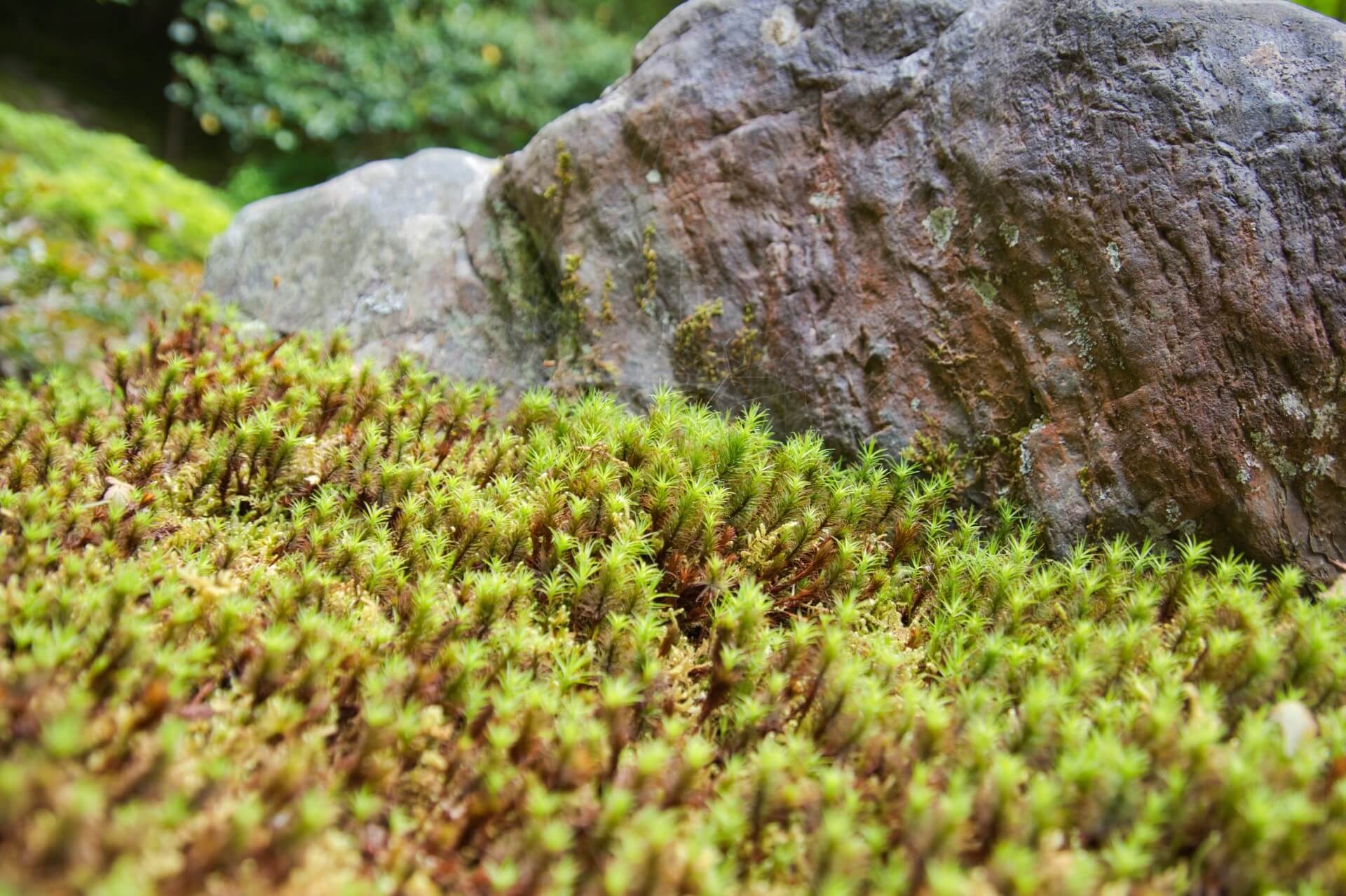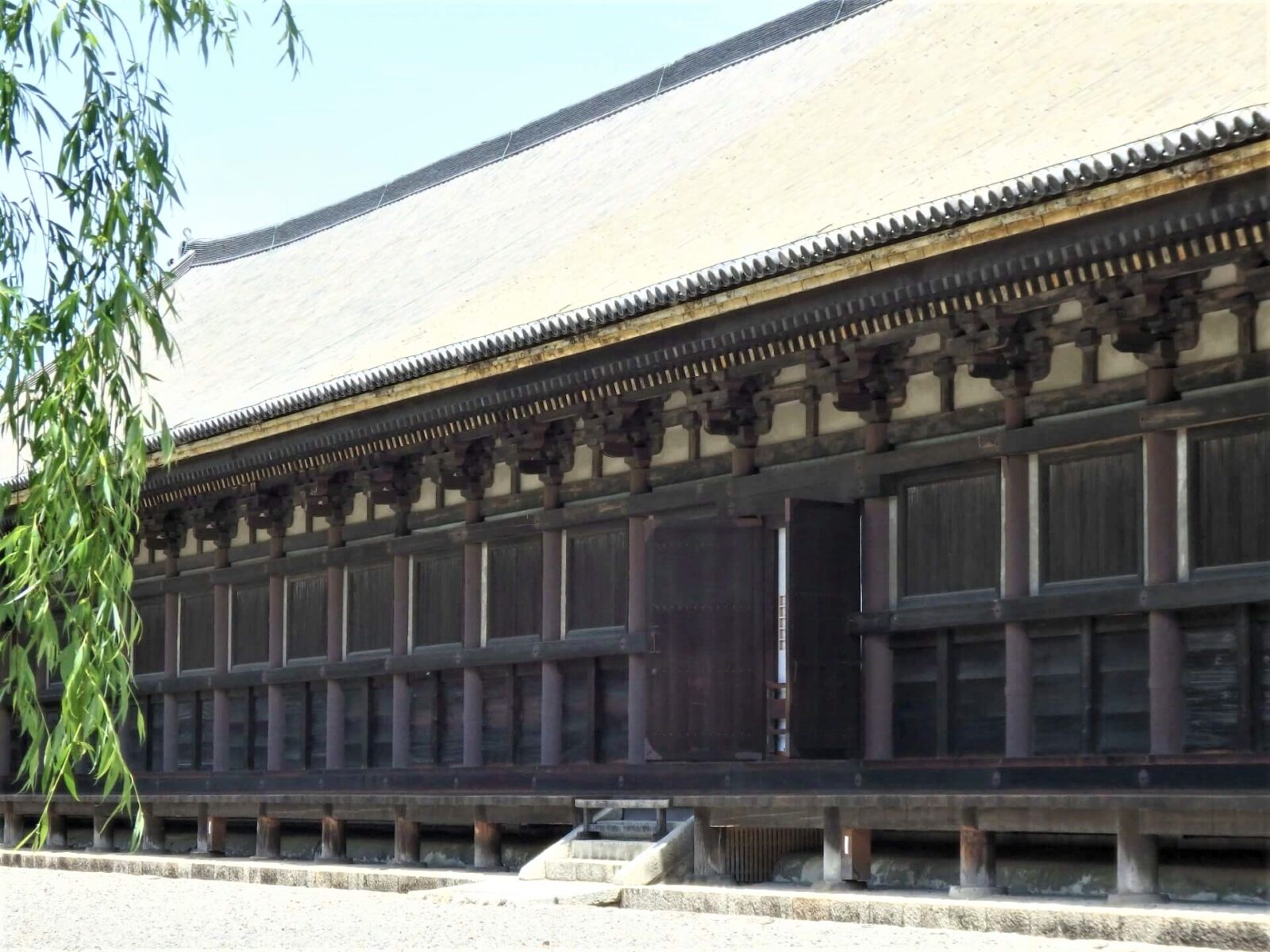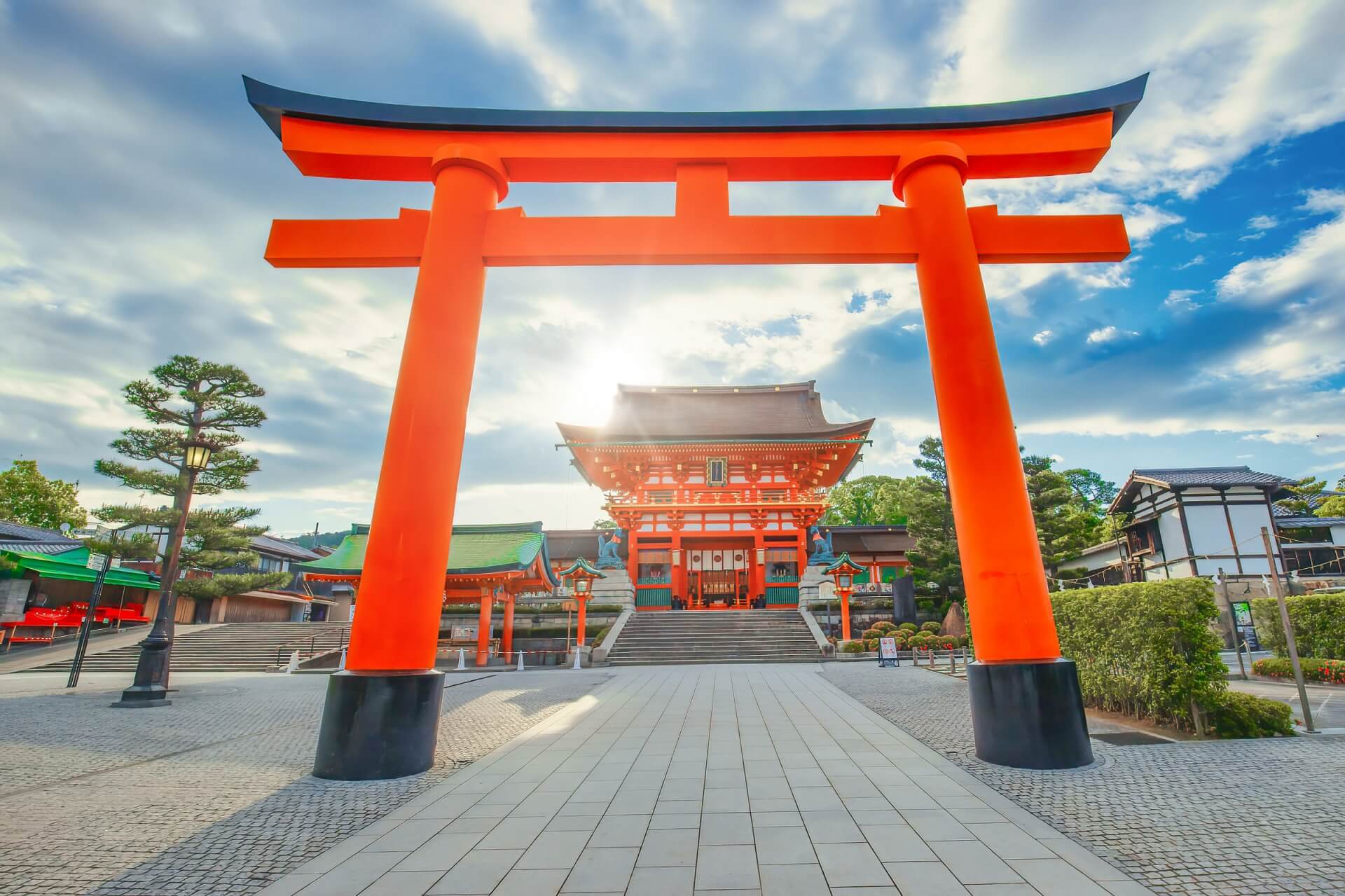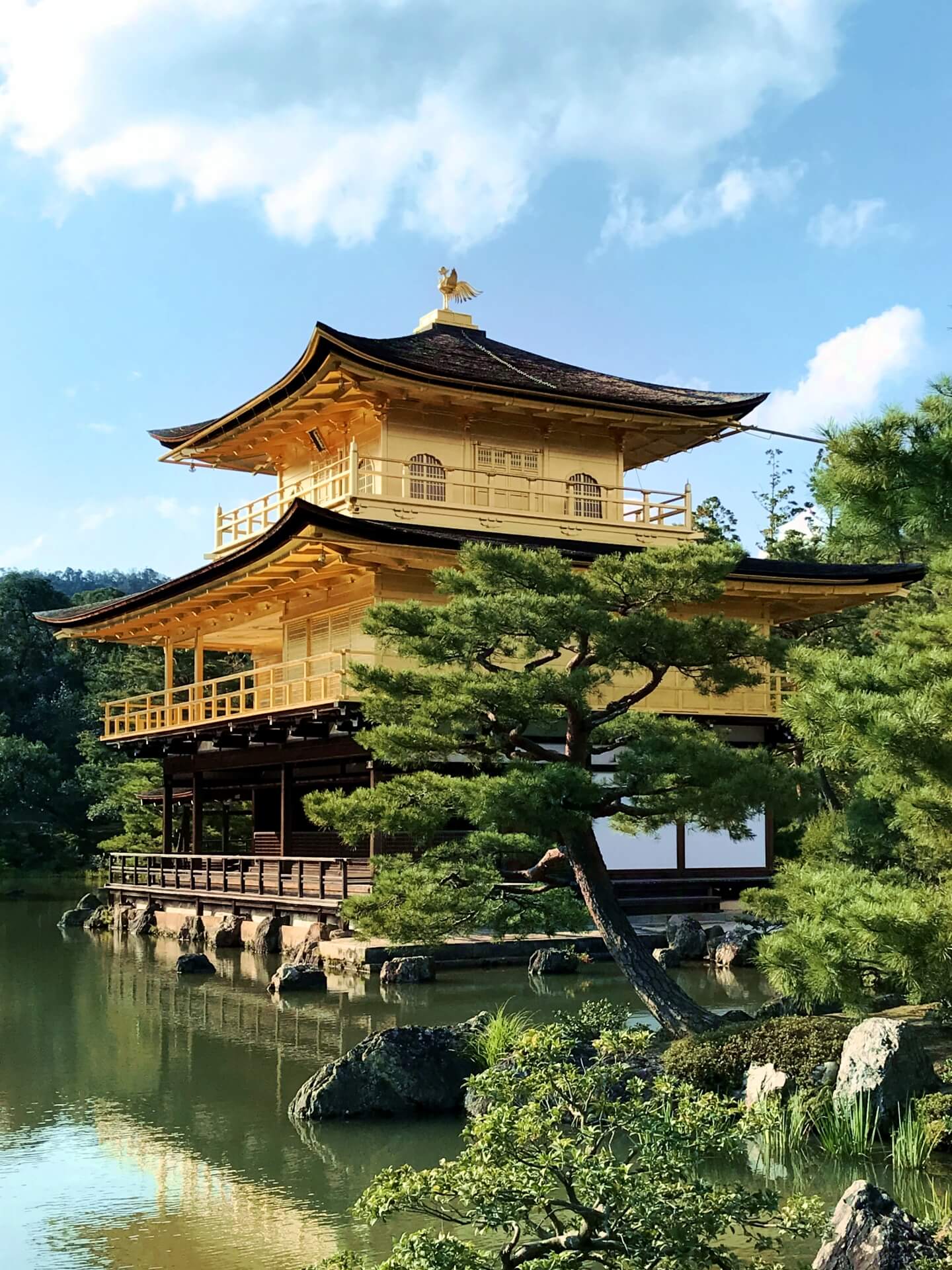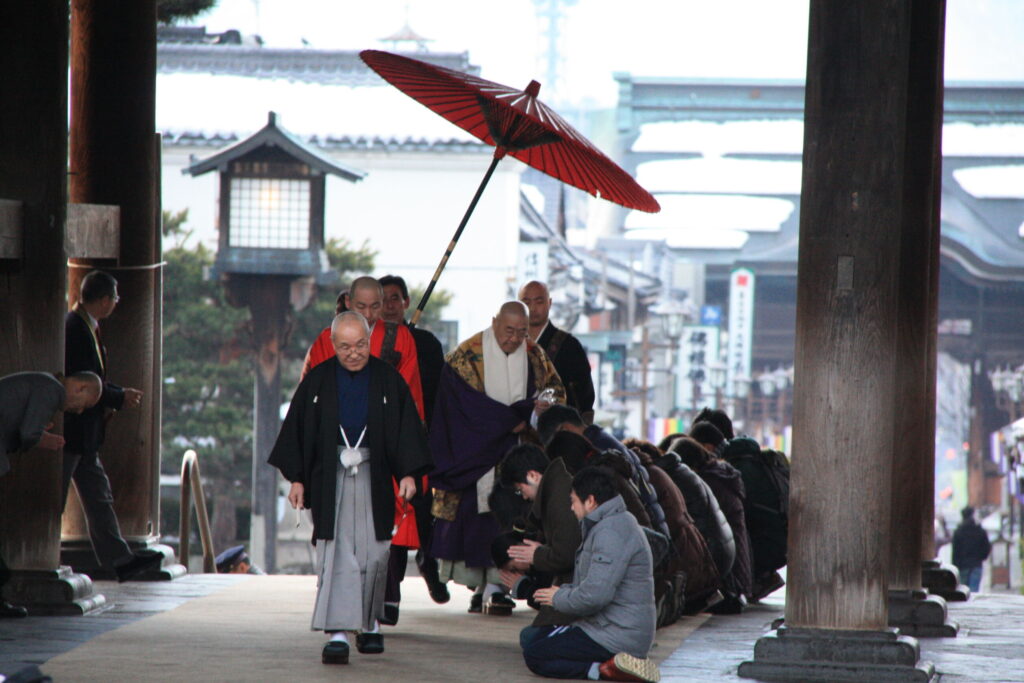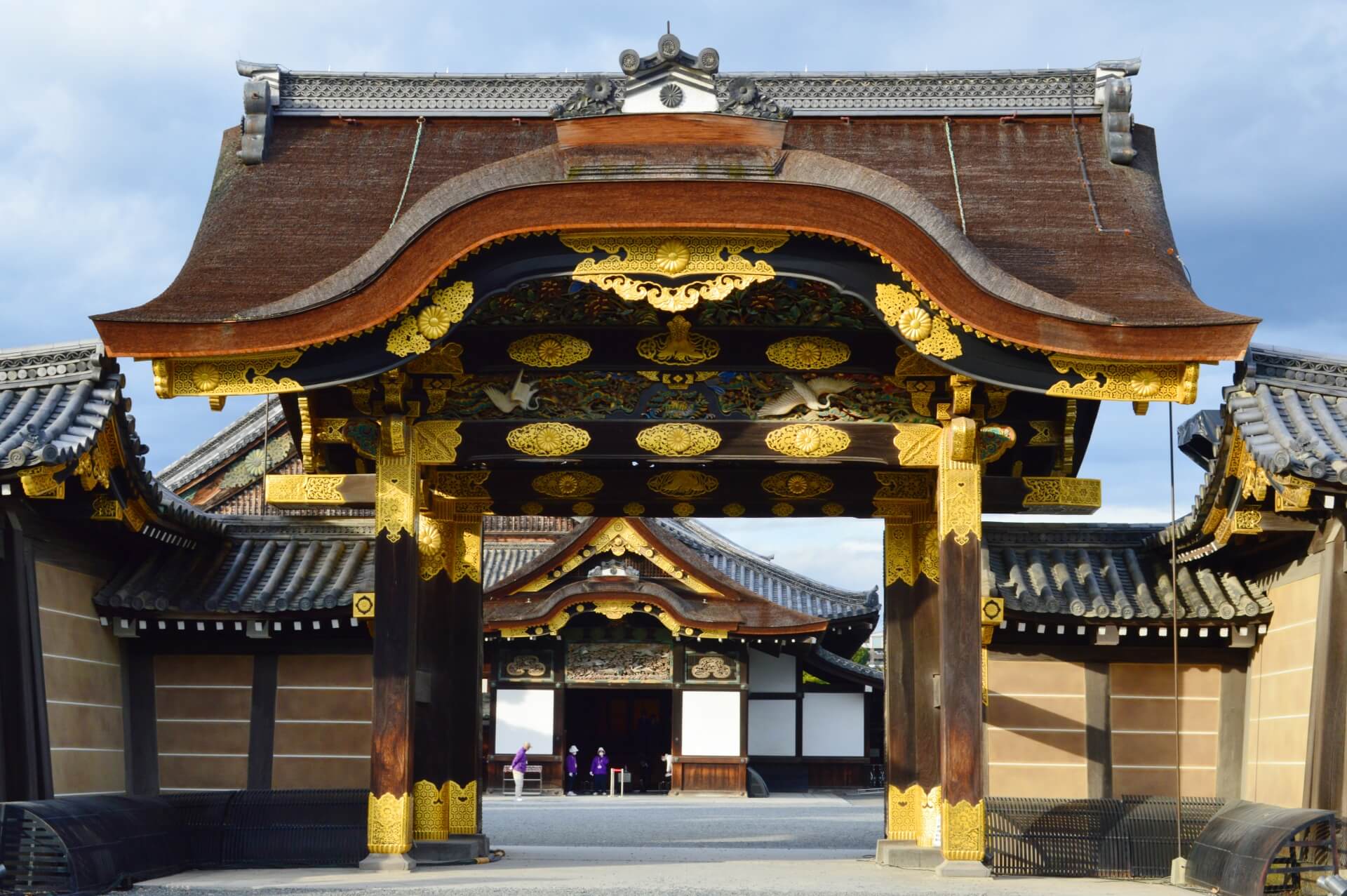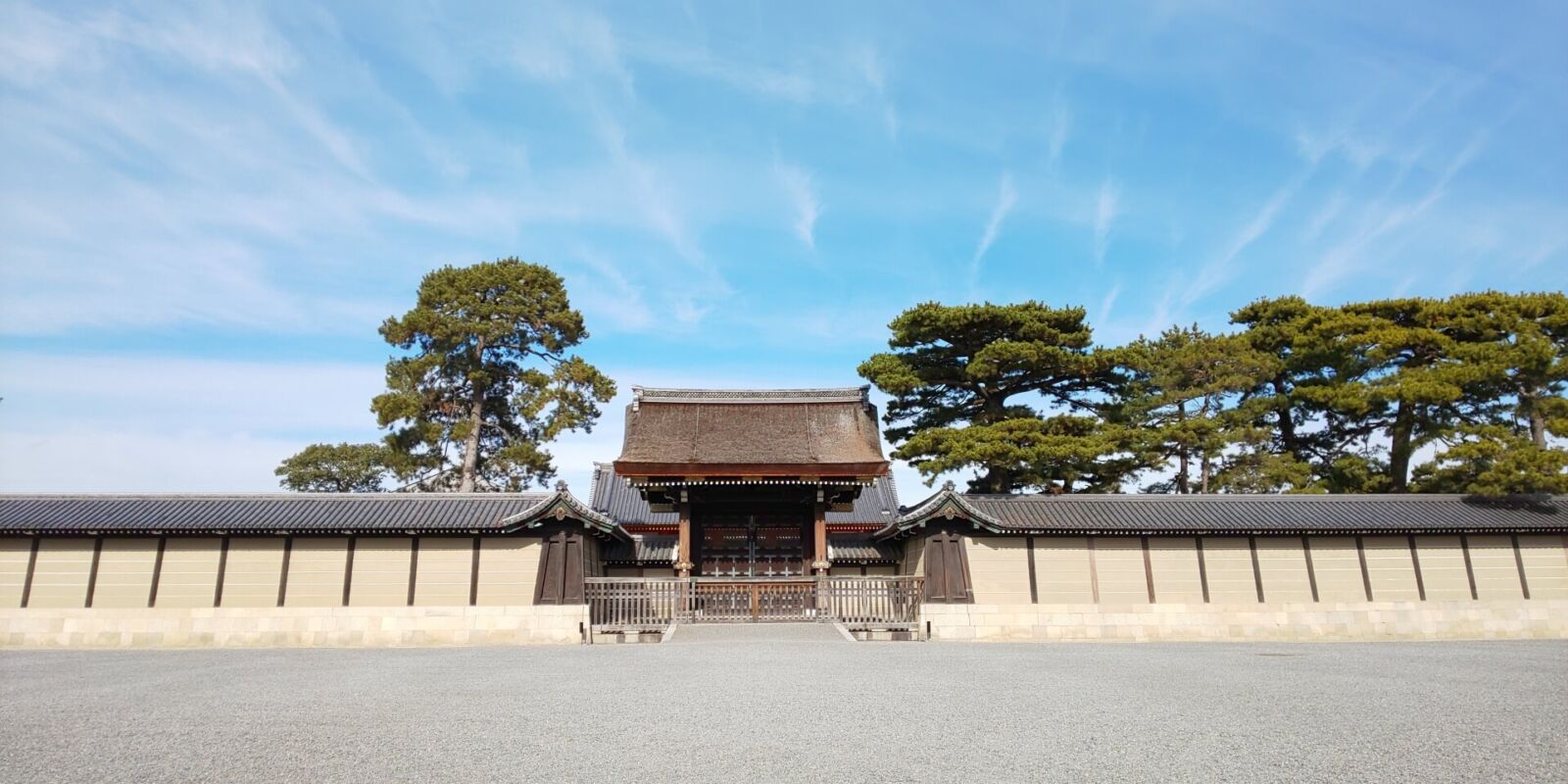OPEN CATEGORY
Higashiyama Joshi-ji inc. Ginkaku-ji
Established in the late-15th century, Ginkaku-ji or the ‘Silver Pavilion’ was the retirement villa of the shogun Ashikaga Yoshimasa. Modelled on Kinkaku-ji (Golden Pavilion), the villa was repurp...Sanjusangendo
Most commonly referred to as ‘Sanjusangendo’, the properly named Rengeo-in is the longest wooden structure and second largest temple in Japan. Founded by the cloistered Emperor Go-Shirakawa in 11...Fushimi Inari Taisha
Fushimi Inari Taisha or ‘Fushimi Inari Shrine’ is one of Kyoto’s most popular and photographed destinations due to the thousands of ‘torii’ gates that lead from the shrine into the mountains. The...Kinkaku-ji
Officially named ‘Rokuon-ji’, ‘Kinkaku-ji’ or the ‘Temple of the Golden Pavilion’ is one of the seventeen sites making-up Kyoto’s World Heritage-listing and perhaps the most recognisable attracti...Rosary Blessing & Morning Service At Zenko-ji Temple
The rosary blessing (called juzu choudai in Japanese) and morning ceremony (o-asaji) are two events held in the early, early morning at Zenko-ji Temple that are worth visiting Nagano City for. The Ju...Nijo Castle
Built in 17th century as the Kyoto residence of the famous shogun Tokugawa Ieyasu, Nijo Castle is an expansive historic precinct in the heart of Kyoto. A registered World Heritage site, Nijo incl...Kyoto Imperial Palace
Situated within Kyoto Imperial Park, the Imperial Palace was the main residence of the Imperial Family until it was relocated to Tokyo in 1868. The precinct is defined by grand structures and exp...



